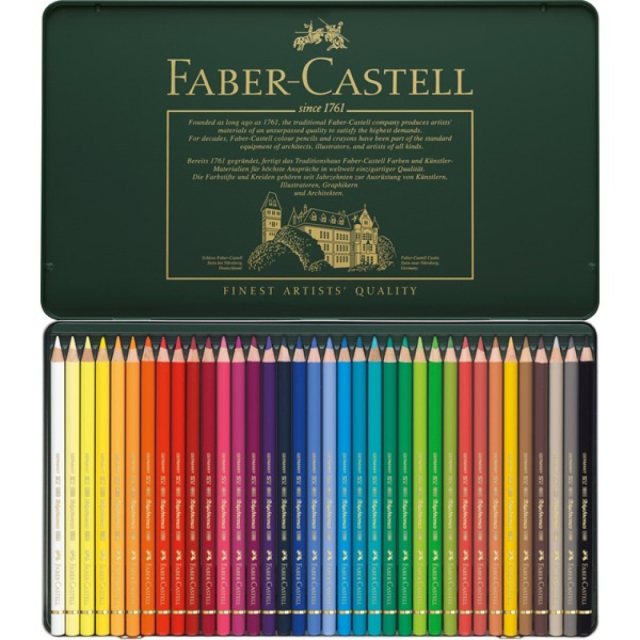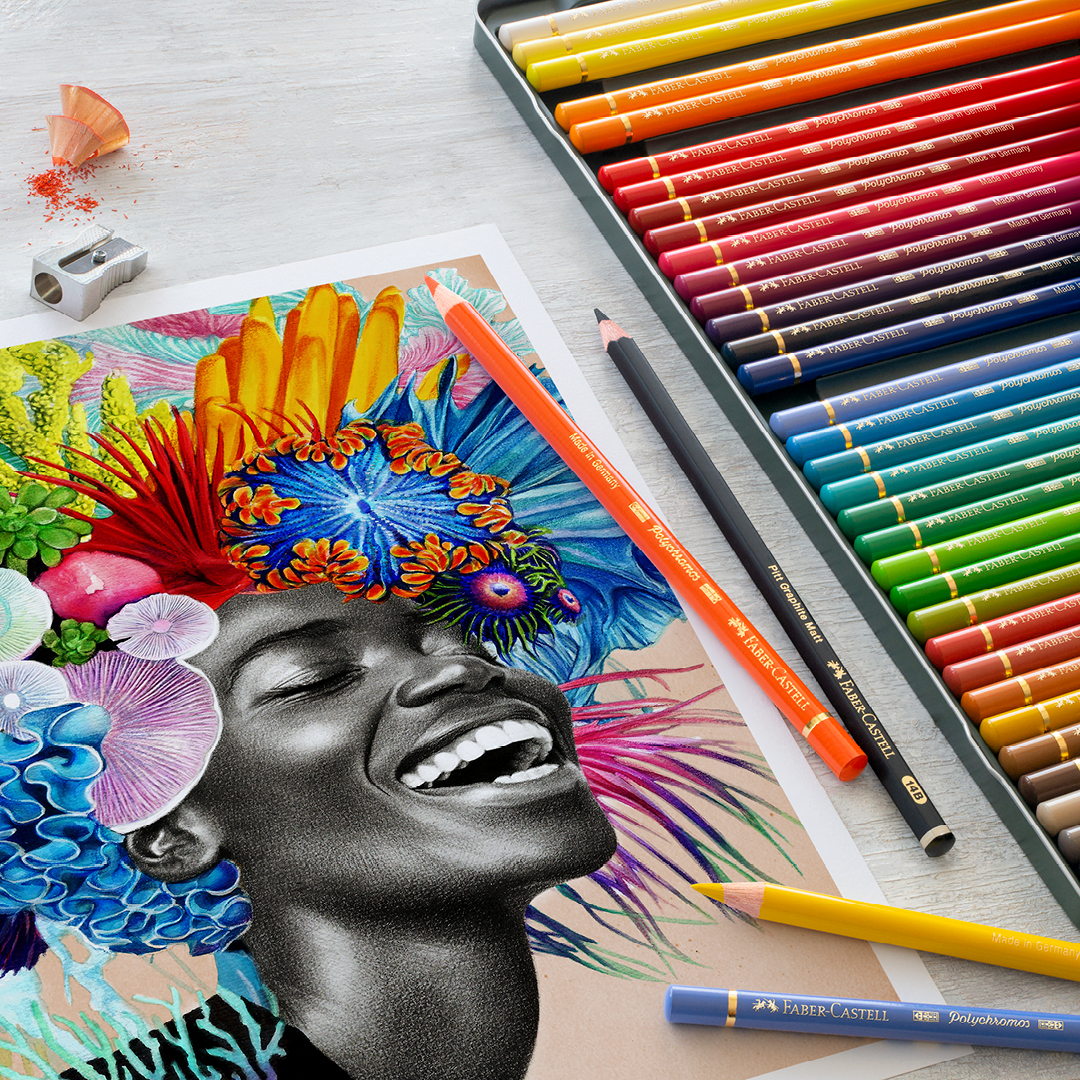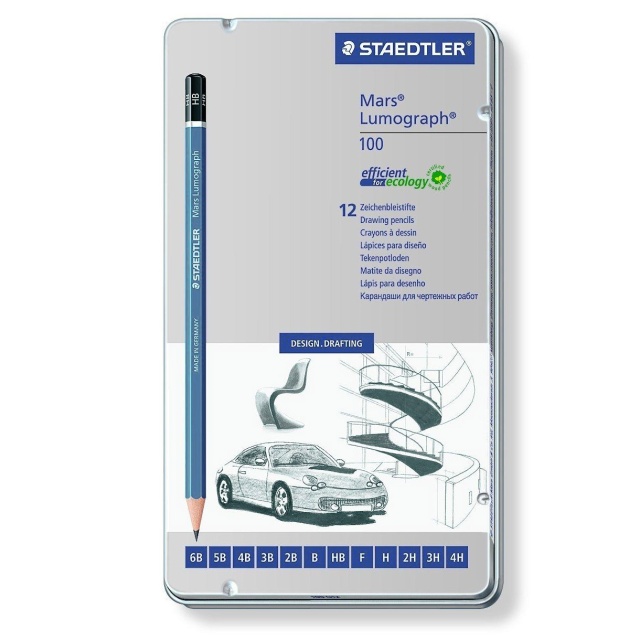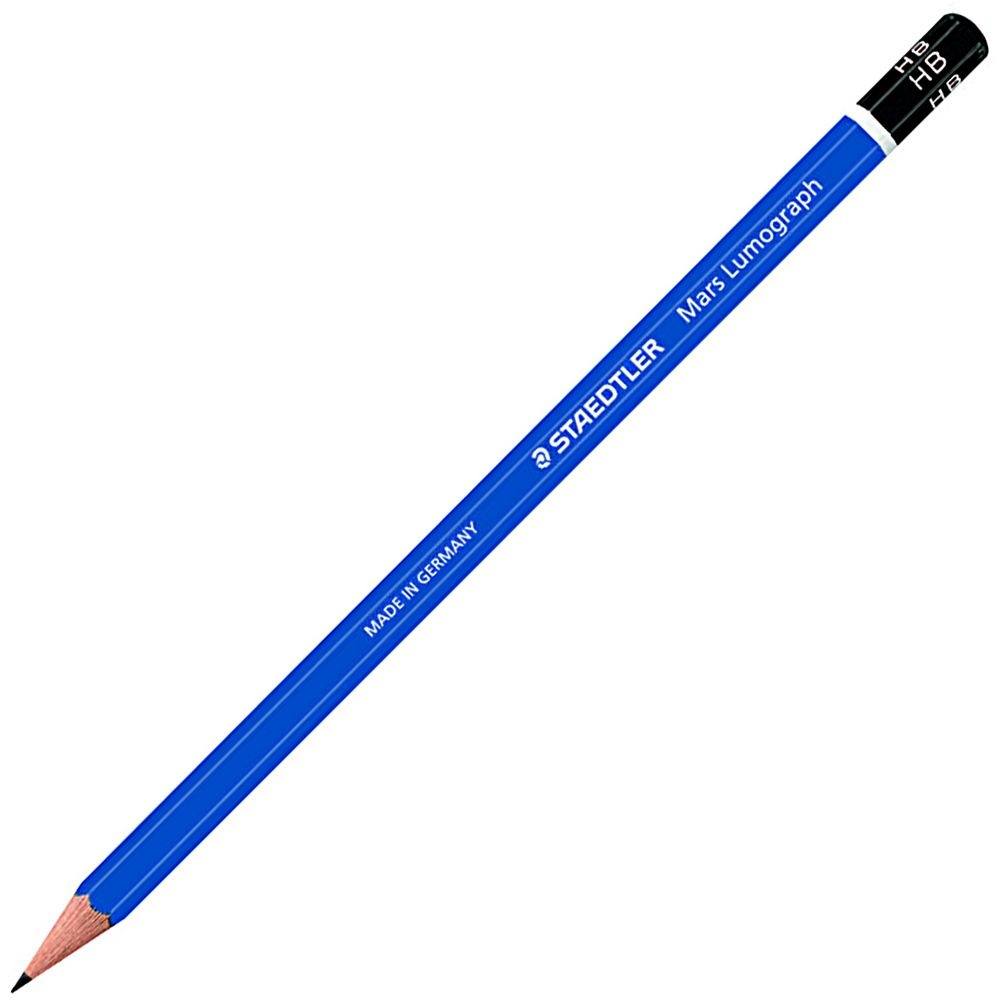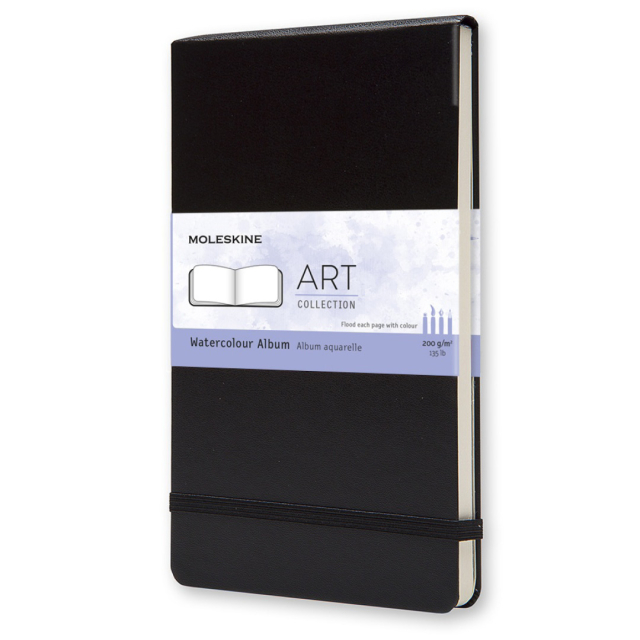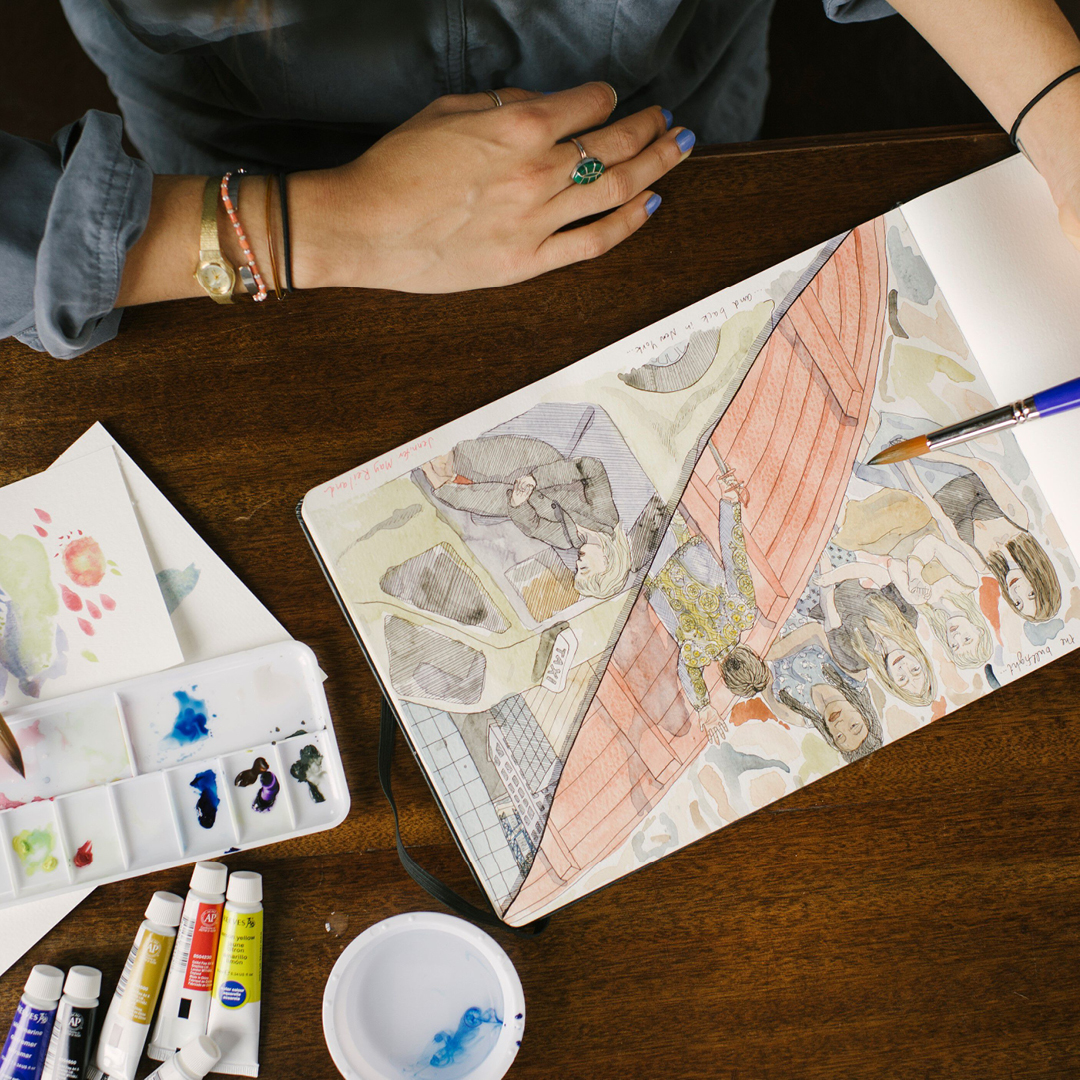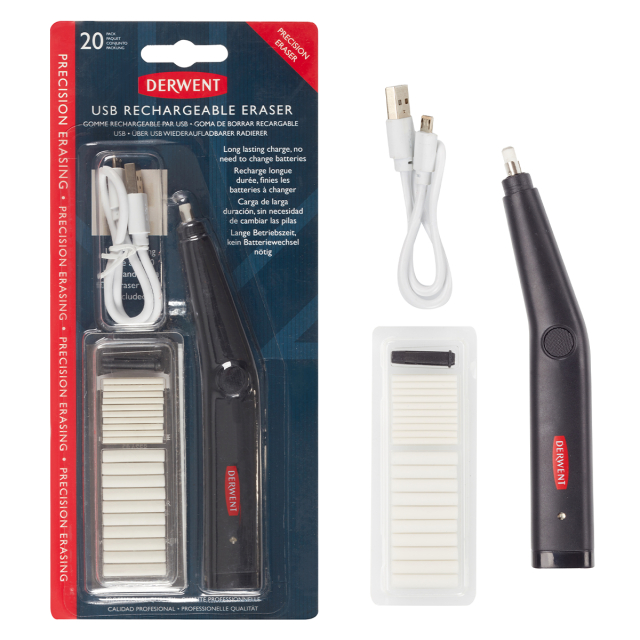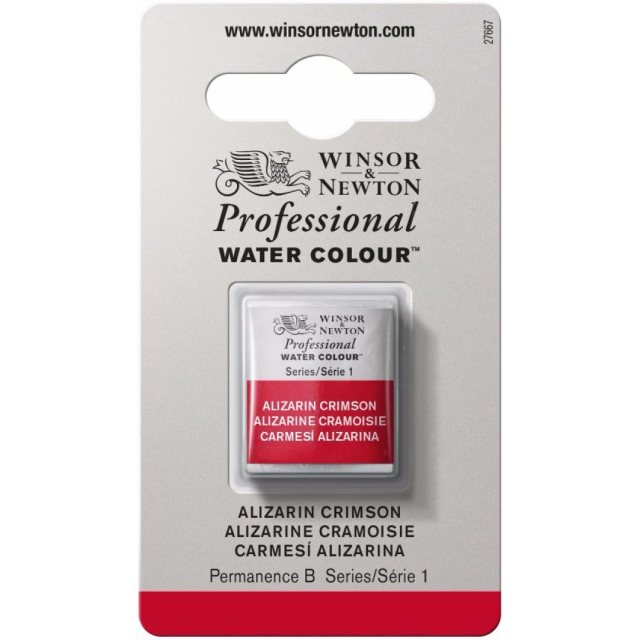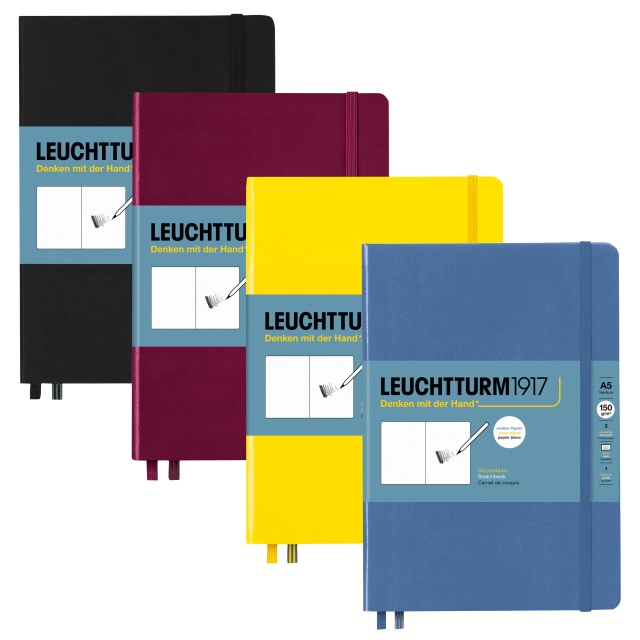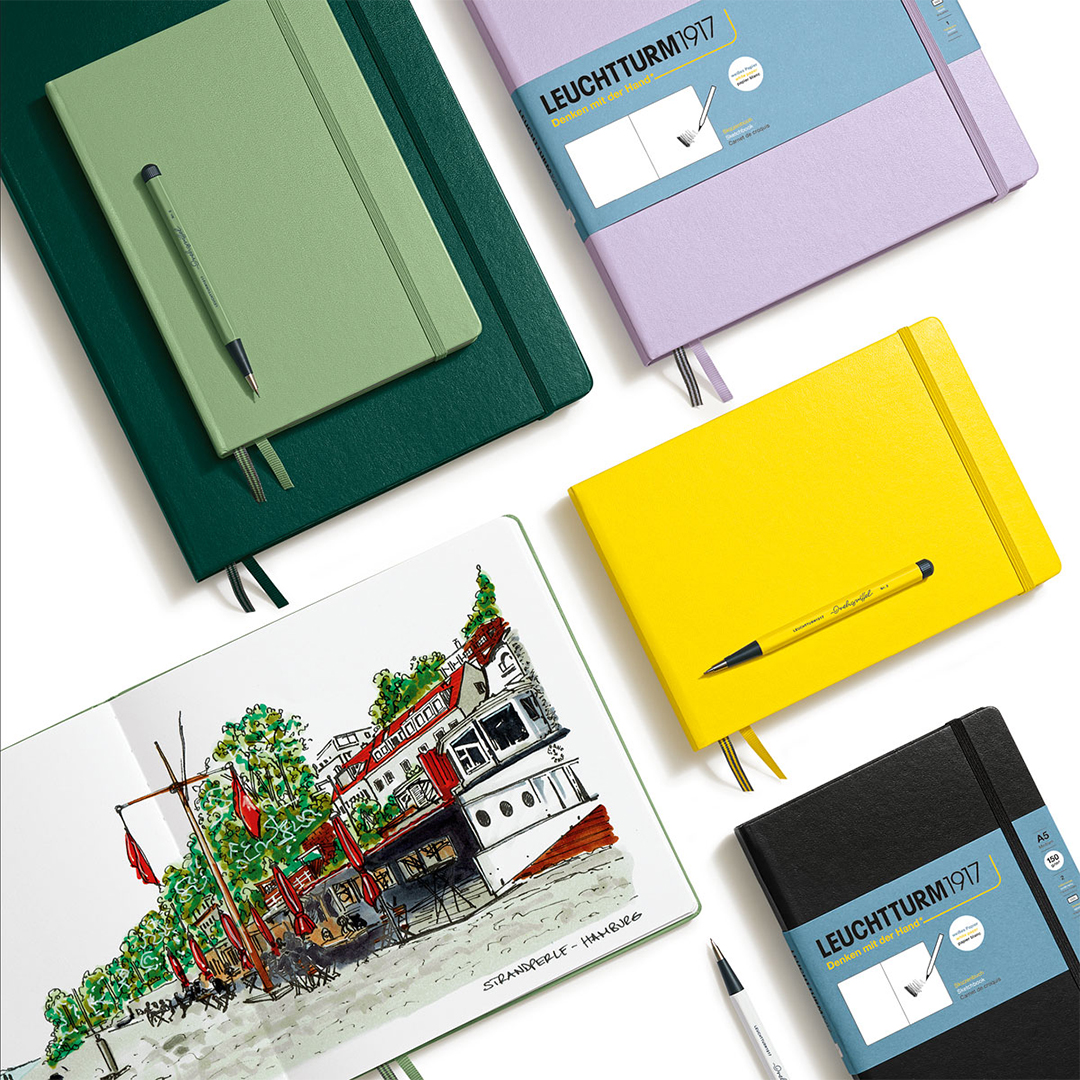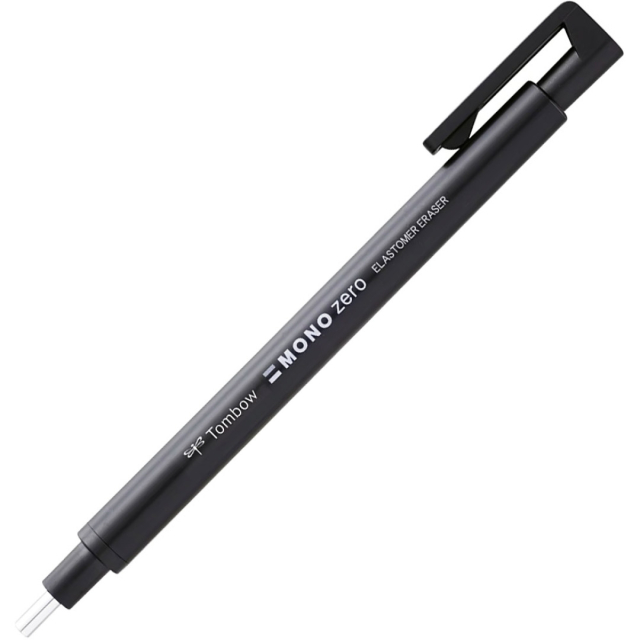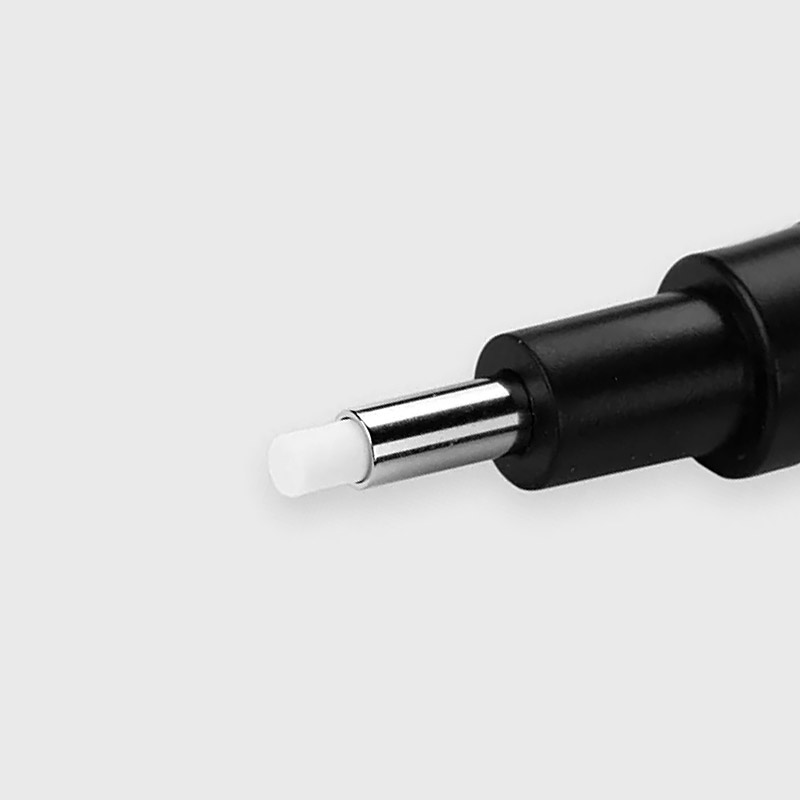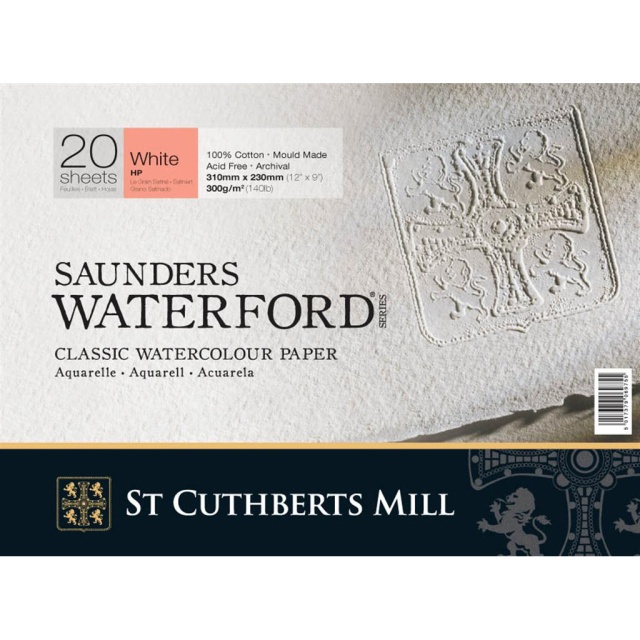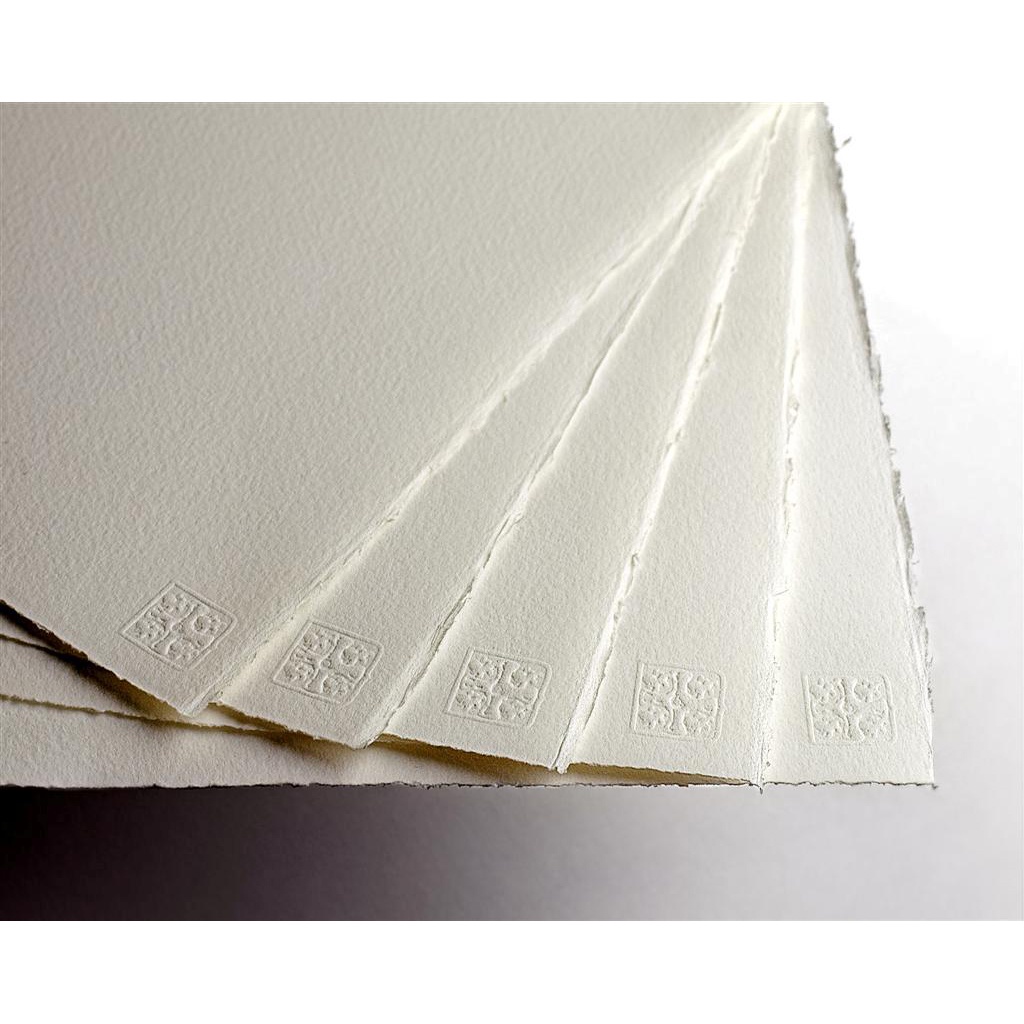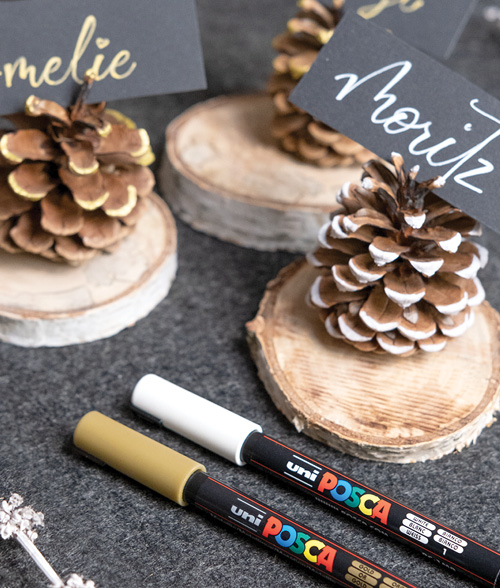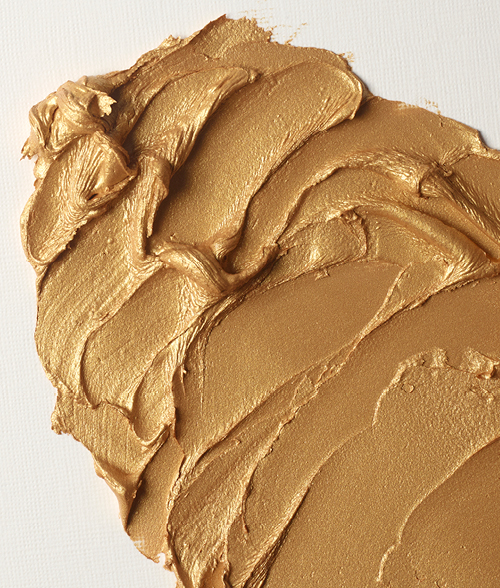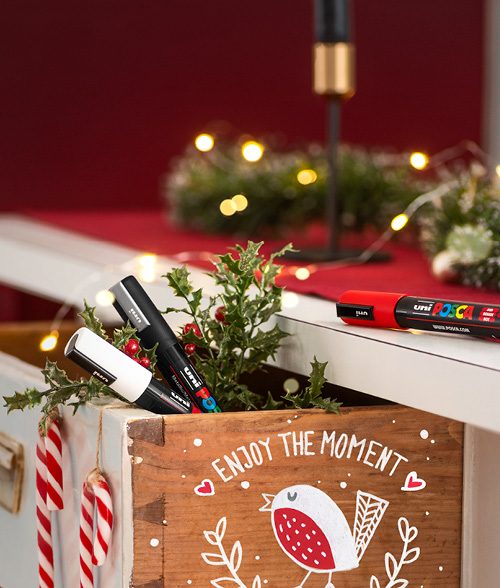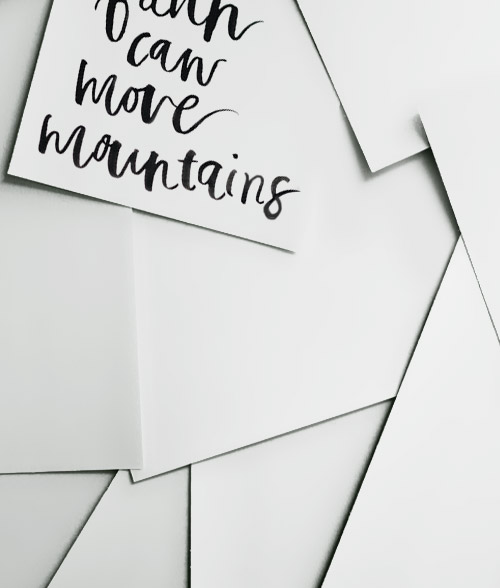Have you ever wondered how that beautiful illustration came to be? How the idea emerged? Whether it began with a note or one of those "rough sketches" scribbled on a napkin in a sudden burst of inspiration. Illustrator Anna Pers Bräcke talks about her artistry and shows the sketches that became the starting point for her stunning illustrations “Jätten som blev liten”.
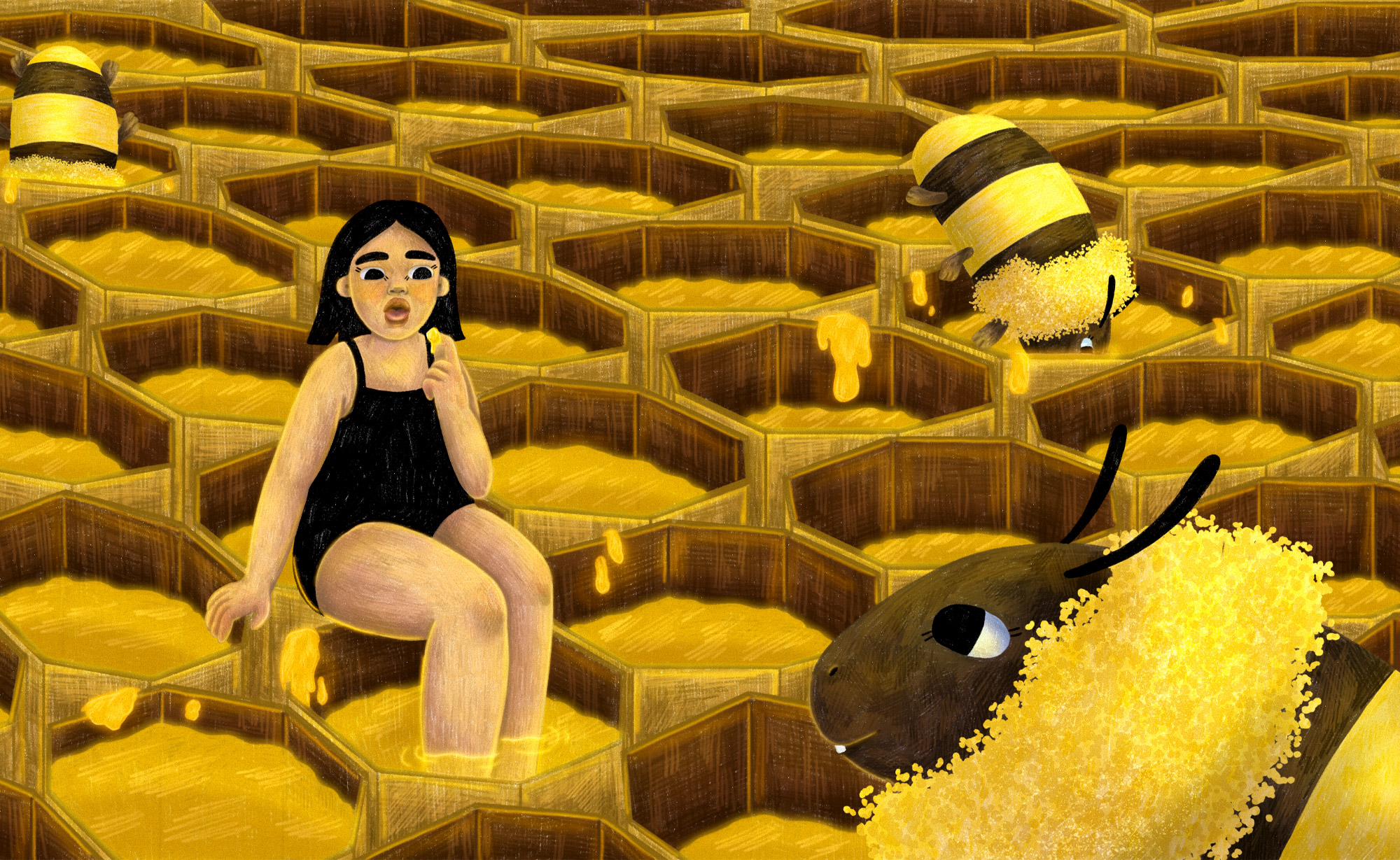
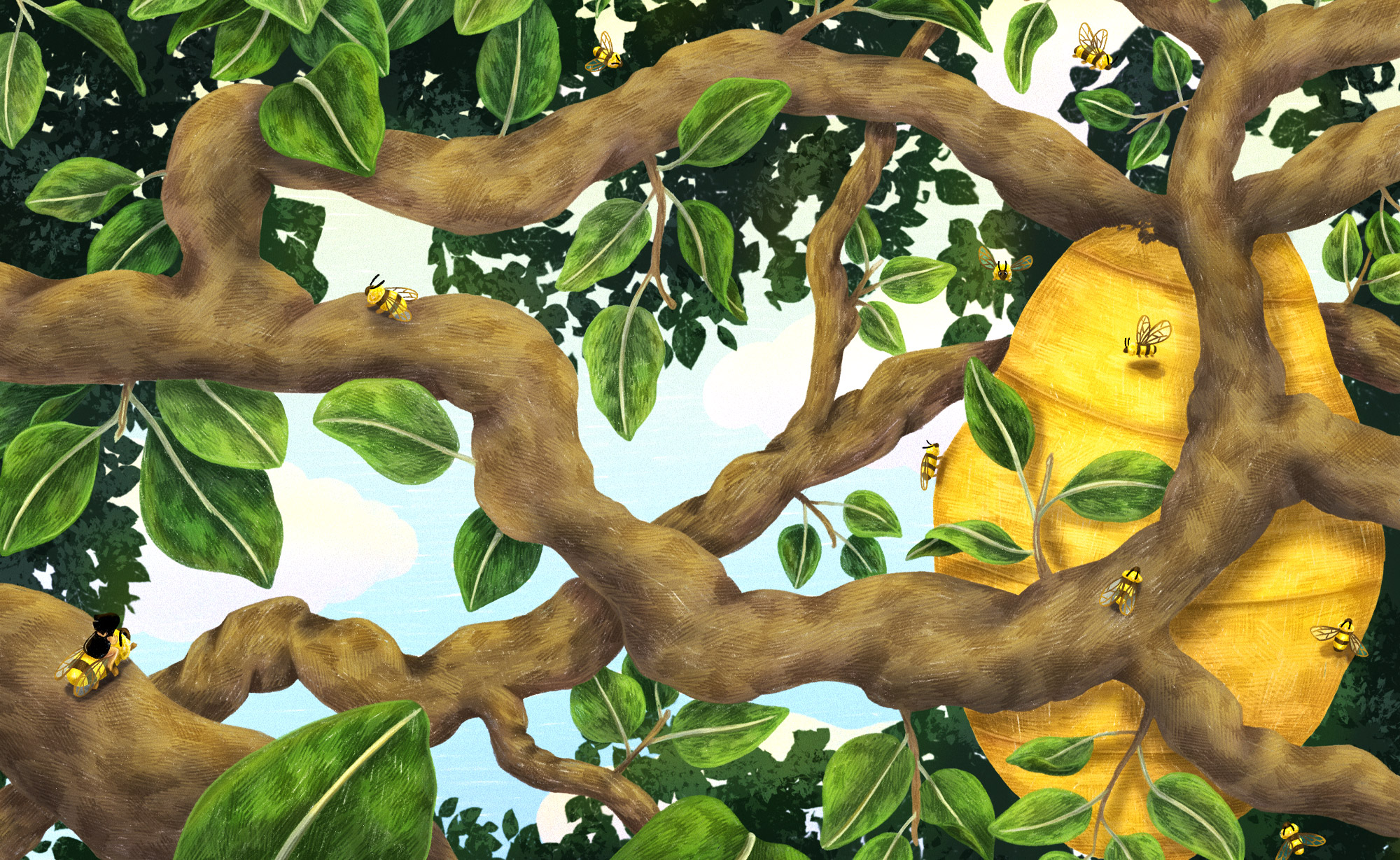
Anna, where do you find your inspiration?
Sometimes it feels like my brain never takes a break, and I often need to jot down sentences on my phone or make a quick sketch in my sketchbook, or on an envelope or any piece of paper close at hand. I draw inspiration from music, other illustrators, books, films, nature and people.
When I experience creative block, I might need to go for a walk, or I look for images that move me and can spark thoughts and ideas. Visiting a museum or a library to look through books can also help. For me, it is often about unlocking the mind and realising that anything is possible. In an image, anything can happen – as the illustrator, I decide what is possible. For me, illustration is communication.
What materials do you use?
When I illustrate, I use Polychromos pencils from Faber Castell. I find they have a suitably soft tip and good colour reproduction. When it comes to fineliners, I almost exclusively use Micron 0.05 and 0.2. For sketching, I use a Pentel Graphgear 1000 0.3 with 2H leads. Otherwise, I often use Staedtler Mars Lumograph pencils in 4H, 2H, HB, 2B and 6B.
My favourite eraser is the kneadable eraser from Staedtler. I am also fond of the MONO Zero eraser pen from Tombow, as it makes it easy to erase small details. To remove pigment from coloured pencils, I use a Battery Eraser, which erases intensively without damaging the paper.
For colour, I work with gouache and watercolours from Winsor & Newton. I enjoy both drawing and painting on Saunders-Waterford hot-pressed 300 gsm watercolour paper. It has a surface that is smooth without being slick. Although it is technically a watercolour paper, I find it excellent for coloured pencils as well. For sketchbooks, I alternate between Leuchtturm1917 180 gsm and Moleskine Sketchbook 165 gsm.
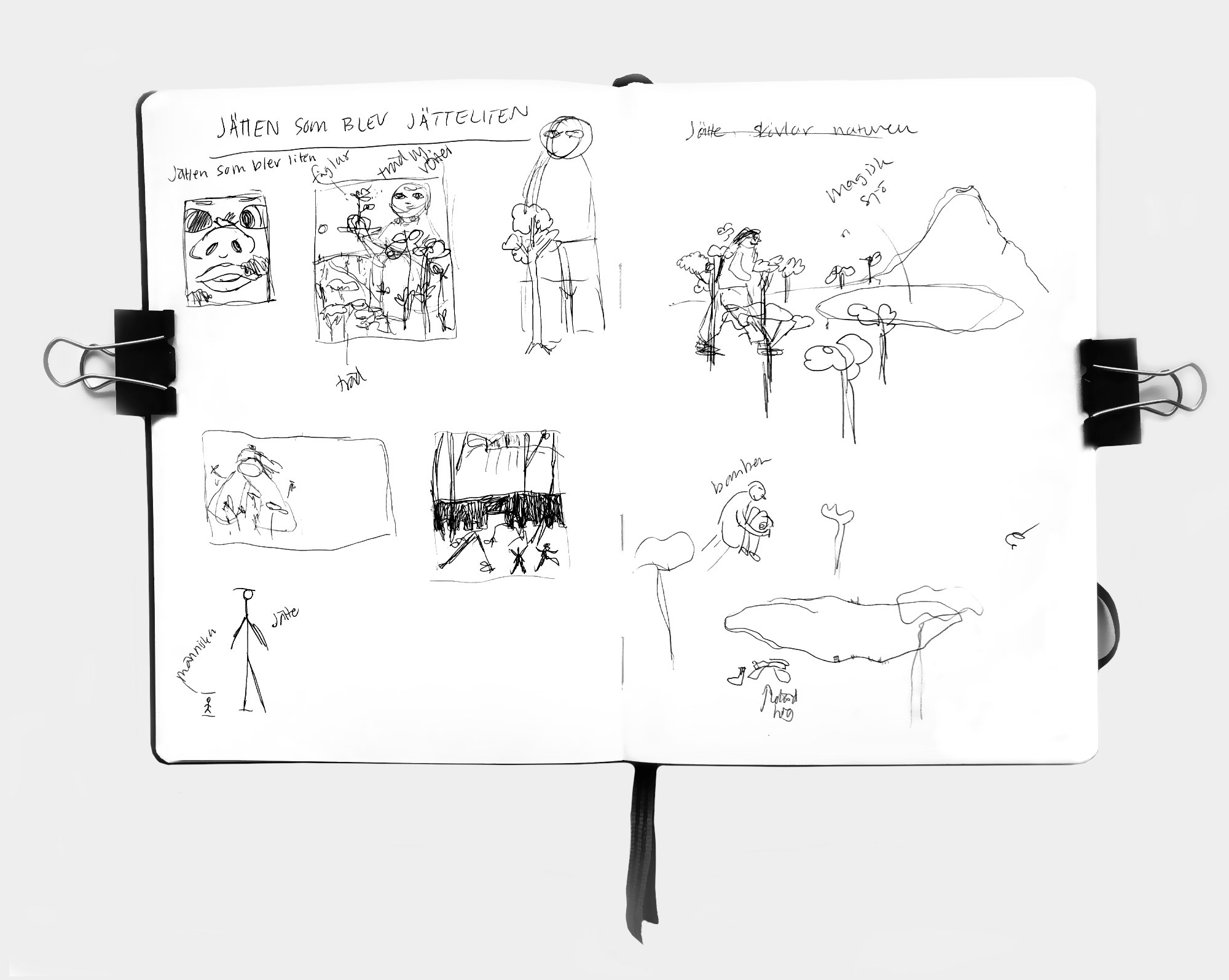
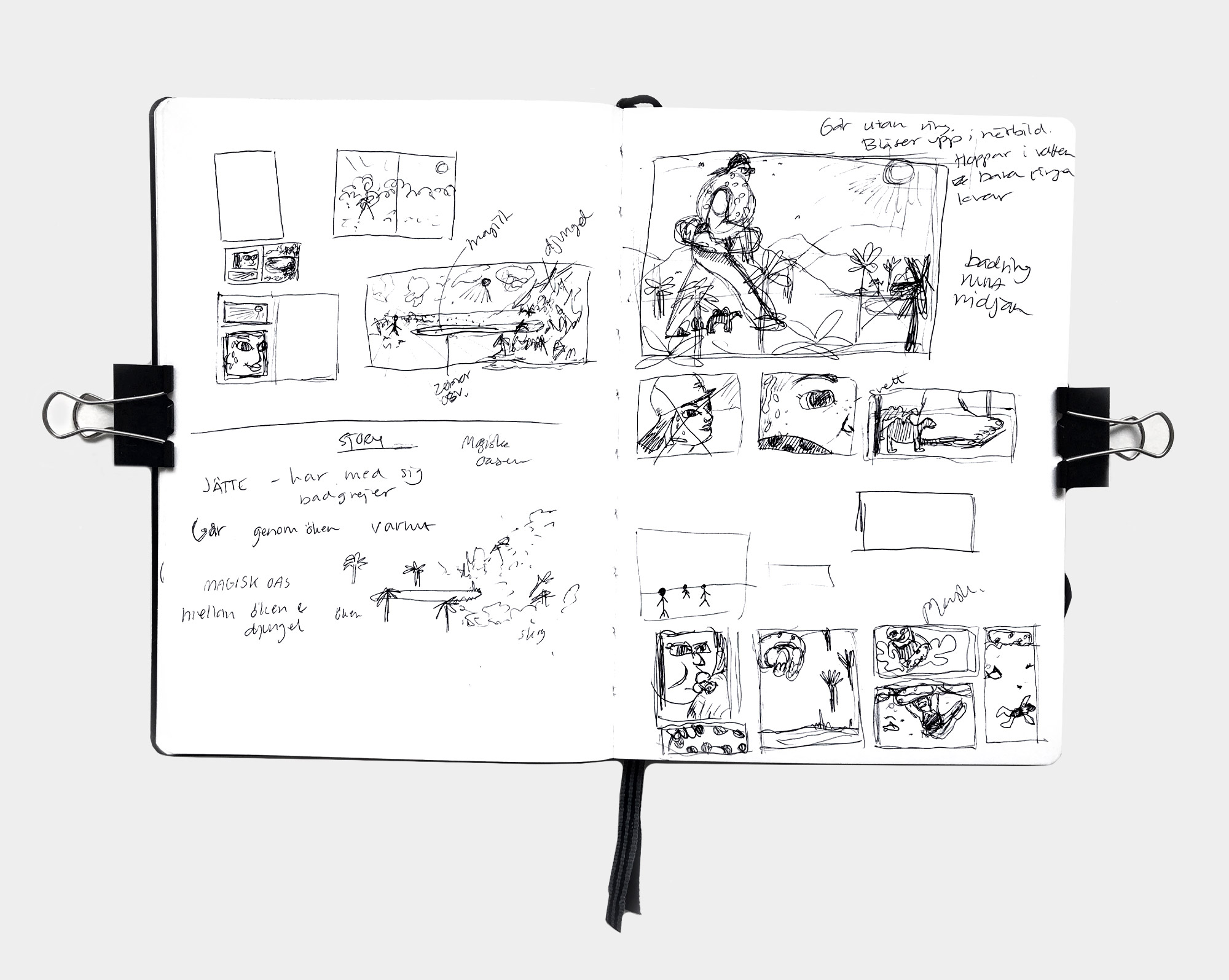
Can you describe your sketching process?
My sketching process can look a little different depending on the situation, but most often I make very quick sketches that only take a few seconds. I do them as small thumbnails, and often it can be difficult for others to see what I have drawn. For me, they work as notes to myself. I also tend to write a few keywords about what I was thinking. Sometimes I make sketches that take a bit more time, where I also use colour. These are still simple, but give a clearer sense of my ideas.
I then take a photo of these and transfer them either to my iPad or to Photoshop, where I continue drawing. Once the image is in Photoshop, I start by making outlines of the sketch. Then I usually just use one and the same digital brush for everything. I want to get as close to traditional drawing as possible, even though I work digitally. I colour in the same way as I would on paper.
I started working this way during my degree project, when I had to create a picture book without text of about 36 pages. It required an enormous amount of time, and by working digitally I saved time. Still, it is never quite the same as combining different materials, where mistakes happen and can become part of the energy of an illustration.
What has helped you in your development?
What I believe has been important for my development is constantly keeping up the drawing. Being inspired by others and analysing their images, understanding how a picture can be built – such as composition and colour choices. I used to be afraid of colour. But I realised that many of the images that appealed to me were full of colour.
During my exchange at Rhode Island School of Design, I learned a great deal about colour, composition, the structure of the image and its communicative power. There I also began to give colour more space, and today I love using colour in my illustrations.
It has also been important for me to discuss illustration with others. This has helped me understand what makes me like certain illustrations more than others, which is also useful for my own work. Now it almost sounds like I only analyse images, but that’s not the case. It stays in the back of my mind, and sometimes I need to take a step back to understand why something feels off in a picture, or when I need to make decisions about how to continue. In drawing and painting I find calm, joy and drive. There is nothing else I would rather do than create illustrations that tell stories, move people and make an impact.
Anna Pers Bräcke
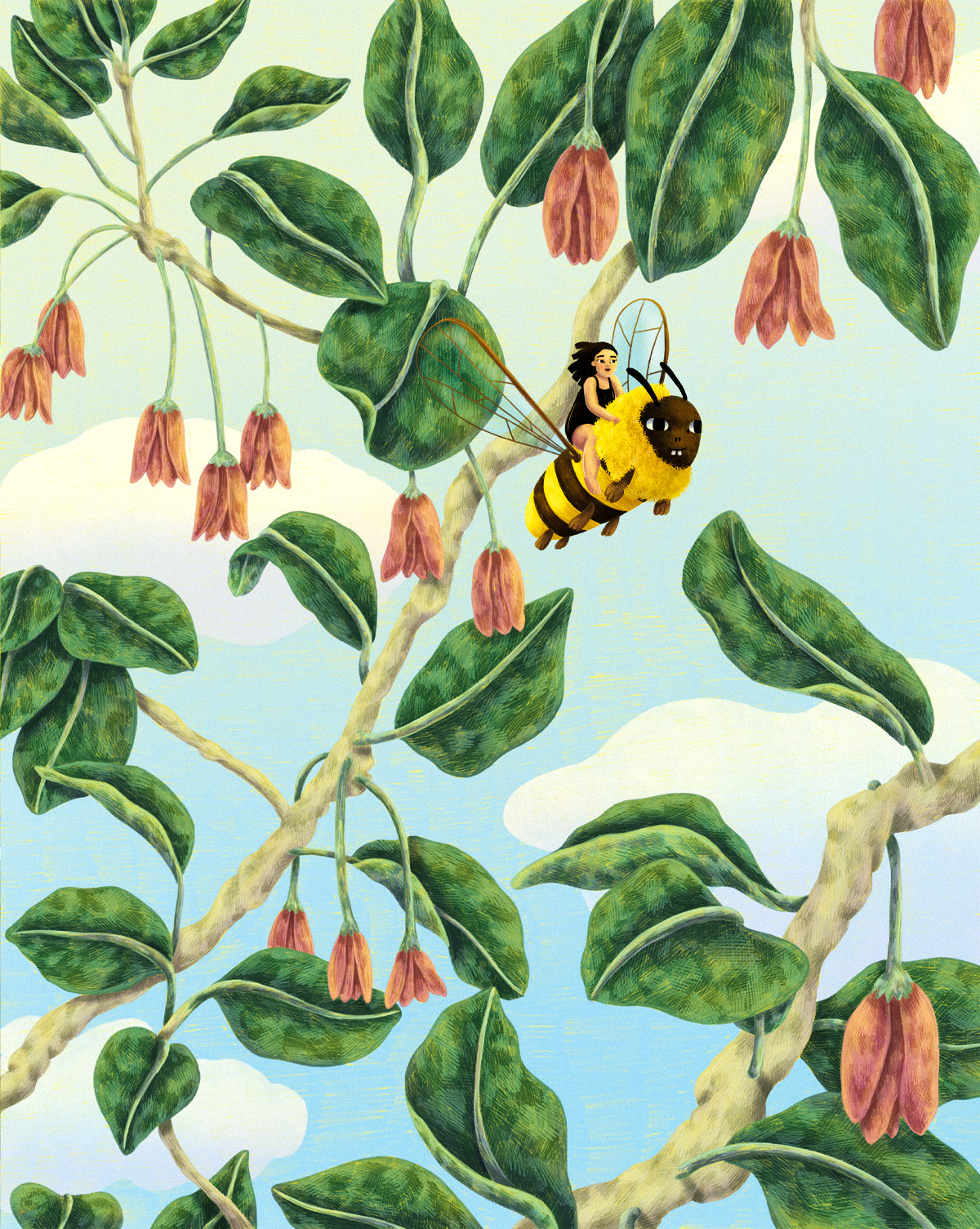
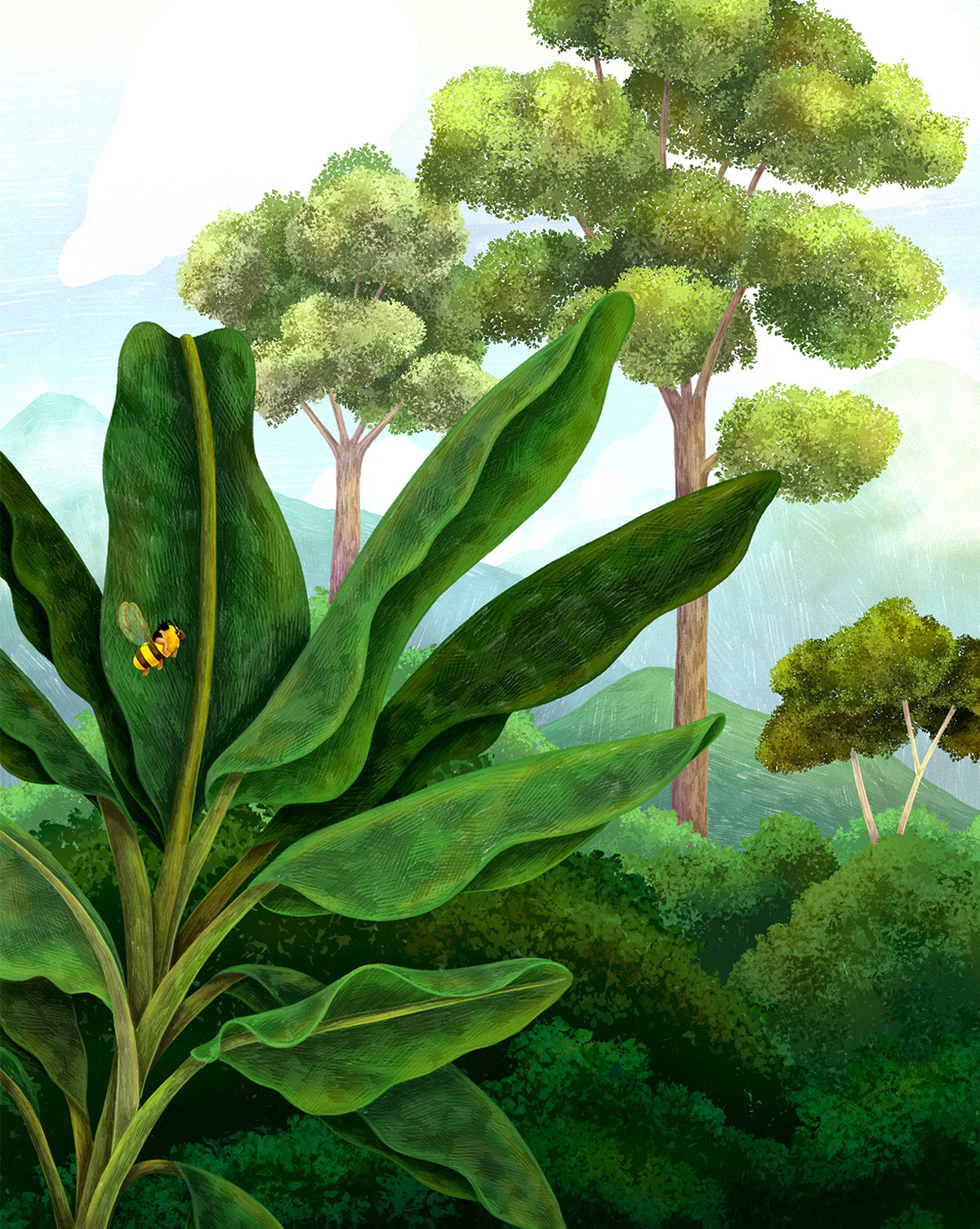
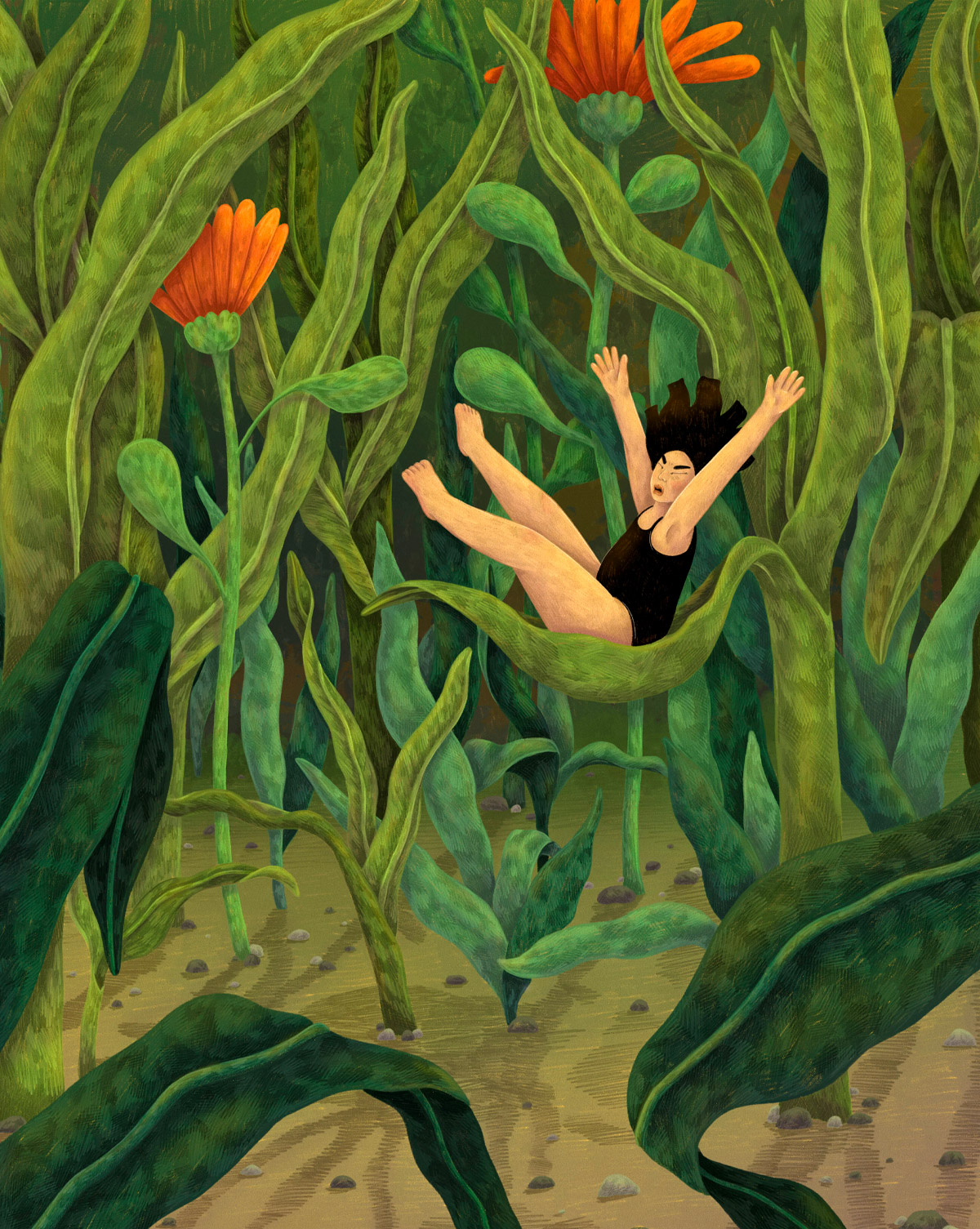
 International (EUR)
International (EUR)


